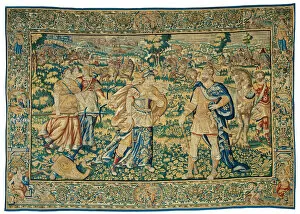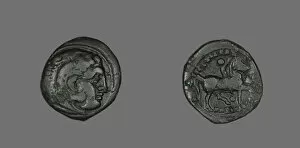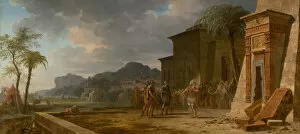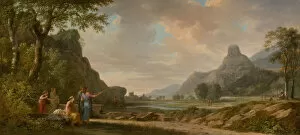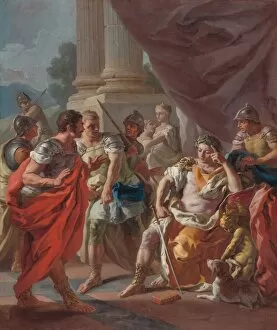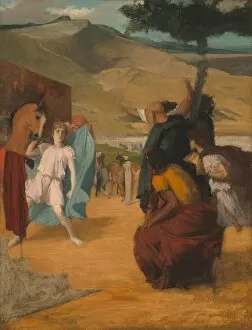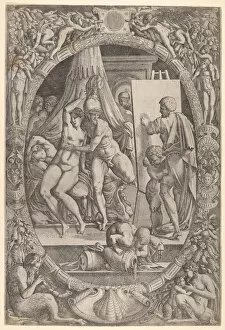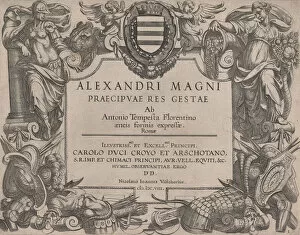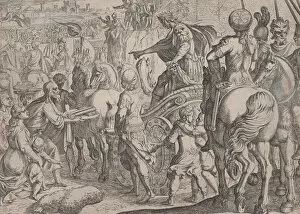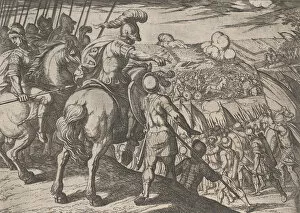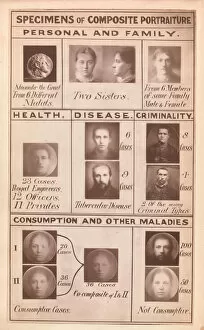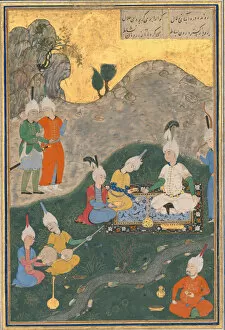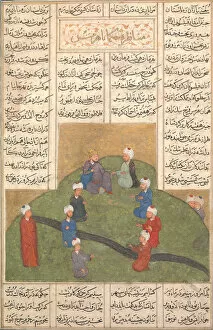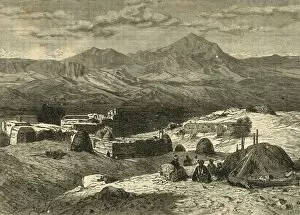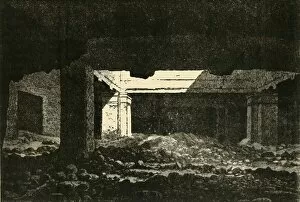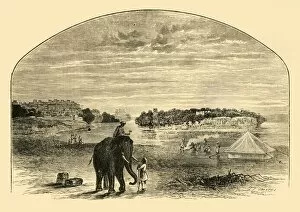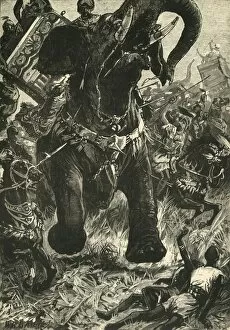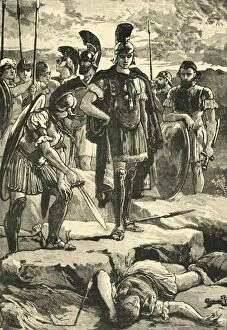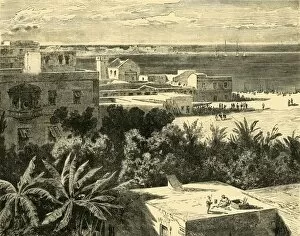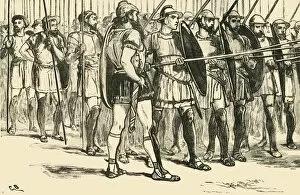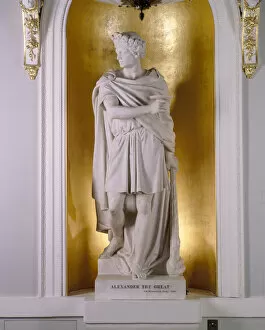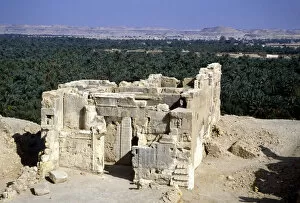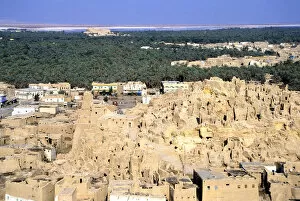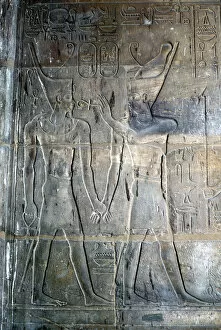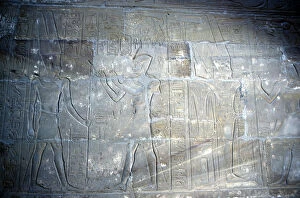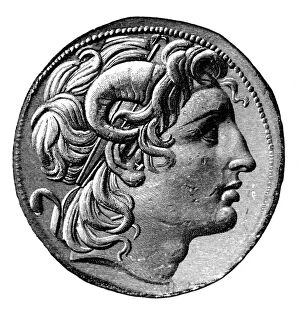Iskander Collection (#2)
"Iskander: The Legendary Conqueror and His Enduring Legacy" Iskander, also known as Alexander the Great, was a figure of immense historical significance
For sale as Licensed Images
Choose your image, Select your licence and Download the media
"Iskander: The Legendary Conqueror and His Enduring Legacy" Iskander, also known as Alexander the Great, was a figure of immense historical significance. From his remarkable military conquests to his encounters with influential figures, Iskander's life continues to captivate our imagination. One notable depiction is seen in the relief at the Temple sacred to Amun Mut & Khons in Luxor, Egypt. Here, he is shown being blessed by Amun-Ra himself, highlighting his divine connection and favor from the gods. In another intriguing encounter, we witness Iskander meeting Diogenes of Sinope. This meeting depicted in Quirin Mark's 1784 artwork showcases their intellectual exchange between one of history's greatest conquerors and an esteemed philosopher. The Banquet of Alexander painted by Domenico del Barbiere offers us a glimpse into the opulence and grandeur that surrounded Iskander during his reign. It portrays him enjoying lavish feasts alongside his companions while celebrating their victories. Ptolemy Lagus played a significant role in preserving Iskander's legacy through establishing the Ptolemaic dynasty in Egypt. An unknown artist captured Ptolemy Lagus' likeness in a portrait from 1830, reminding us of this important historical figure who sought to honor Iskander's memory. Even centuries after his death, artists like those behind Lubok print from 1869 continue to commemorate Iskander's triumphs on canvas. Their vibrant portrayal depicts him leading armies into battle against Persian forces under Darius III - an event immortalized through Persian miniatures dating back to the 16th century. Returning once again to Luxor, we find another relief showcasing Iskander before Amun-Ra at the Temple sacred to Amun Mut & Khons. This depiction emphasizes not only his military prowess but also highlights his reverence for the gods.

